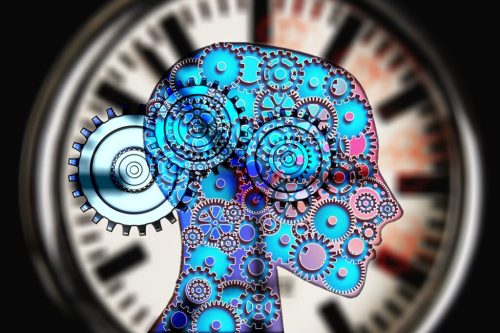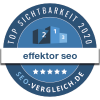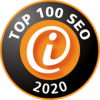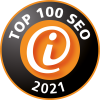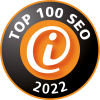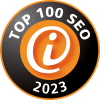Web design and the power of psychology
What do many large companies have in common regarding advertising media? They use them specifically and according to certain rules of psychology to attract customers’ attention and generate lasting trust. And since trust is known to generate more purchases, here are four tips on imitating the big companies.
Just a few seconds are enough
The fact that just a few seconds can decide whether a customer wants to stay on a website has been known for a long time. Nor is it news that a longer dwell time on the user’s part leads to a higher conversion rate. Why do many companies fail to take advantage of this information? Some websites are dustier than ever and could practically still be from the 90s. This is not practical in any way, either for longer dwell times or for building trust.
A good visual-aesthetic makeover starts with the company’s logo. The corporate design should clearly catch the eye and not be hidden somewhere beyond the masthead. The point here is not to show off but to clearly convey who you are and how you want to appear. A clever and memorable logo remains in the consumer’s memory, providing immense recognition. Combined with a decent web design, it can encourage further scrolling. By the way, engaging brand ambassadors who talk about the product on the website is worthwhile. Real reviews from real people are an additional guarantee of trust.
Addressing customers directly
Another point that can be mentioned regarding the keyword trust is creating connectedness by addressing customers directly. Users must deduce from the website why they are in the right place. That’s why it’s smart to address the target group’s problems directly. The collective bond and closeness to the company are strengthened by blunt language, hitting the nail on the head.
Following the problem definition, a solution proposal is now presented to the customers. After all, this leads to the desired conversion. Why should the user stay on the page? What is the personal advantage? With the help of the CTA (Call to Action), the call becomes active and interacts with the page. A hyperlink takes the user to the action field that offers the corresponding service or product. Creativity is welcome here. Everything that goes beyond the conventional “Please click here” is welcome.
Setting accents with looks and colors
Let’s get back to the visual language. It is really amazing how we perceive everything subconsciously, even the smallest details usually catch the eye. So it has proven useful to work with looks on your website. For example, if you use pictures and videos of people or mannequins, it pays to have them look in a certain direction. How about a look in the direction of the CTA? In this way, the user: inside would also be subconsciously steered directly there.
The colors of the website also play a role. With the right choice of colors, it is possible to influence people’s moods by specifically setting color accents that are categorized as appealing by the target group. And here, too, there are no limits to creativity. There is neither a rule that says it must shimmer beautifully nor one that refers to a mild color selection. Nothing goes as long as the color selection aligns with the corporate design and conveys a holistic feeling. In the same vein, you can play with headlines and titling. Each company knows best whether a few fun headlines and a loosely written blog are the right things to do or whether it might be better to stick to a formal code. A consistent web design is always recommended for generating authenticity and trust.
Identify the problem, offer a solution, and build trust
With the help of a few changes, it is already possible to transform one’s web design so that the conversion rate is raised. Most of the time, the necessary information is hidden on the website and, at best, only needs to be rearranged. But even if more effort is needed to modernize the web design, it is always worth it. Because the right corporate design and the targeted positioning of information work wonder when it comes to boosting the time users spend on the site and building trust.
